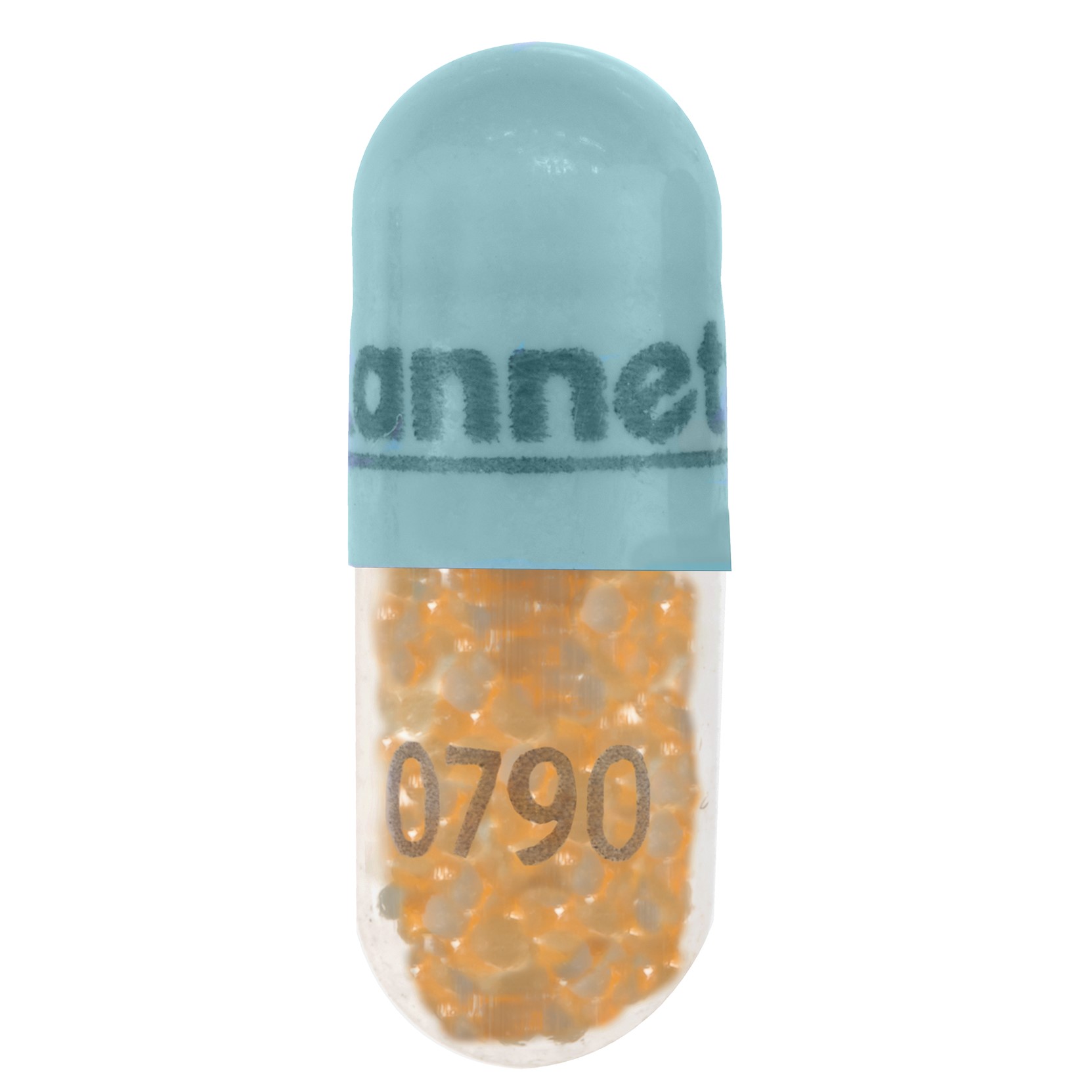

The levoamphetamine component of Adderall has been reported to improve the treatment response in some individuals relative to dextroamphetamine alone. Dextroamphetamine is a more potent CNS stimulant than levoamphetamine, but levoamphetamine has slightly stronger cardiovascular and peripheral effects and a longer elimination half-life than dextroamphetamine. The two amphetamine enantiomers that compose Adderall (levoamphetamine and dextroamphetamine) alleviate the symptoms of ADHD and narcolepsy by increasing the activity of the neurotransmitters norepinephrine and dopamine in the brain, which results in part from their interactions with human trace amine-associated receptor 1 (hTAAR1) and vesicular monoamine transporter 2 (VMAT2) in neurons. Recreational doses of amphetamine are generally much larger than prescribed therapeutic doses, and carry a far greater risk of serious adverse effects.

The risk of developing an addiction or dependence is insignificant when Adderall is used as prescribed at fairly low daily doses, such as those used for treating ADHD however, the routine use of Adderall in larger daily doses poses a significant risk of addiction or dependence due to the pronounced reinforcing effects that are present at high doses. The side effects of Adderall vary widely among individuals, but most commonly include insomnia, dry mouth, loss of appetite, and weight loss. In contrast, much larger doses of Adderall can impair cognitive control, cause rapid muscle breakdown, provoke panic attacks, or induce a psychosis (e.g., paranoia, delusions, hallucinations). At these doses, it induces physical effects such as a faster reaction time, fatigue resistance, and increased muscle strength. At therapeutic doses, Adderall causes emotional and cognitive effects such as euphoria, change in sex drive, increased wakefulness, and improved cognitive control. Īdderall is generally well-tolerated and effective in treating symptoms of ADHD and narcolepsy. It is a central nervous system (CNS) stimulant of the phenethylamine class. It is also used illicitly as an athletic performance enhancer, cognitive enhancer, appetite suppressant, and recreationally as a euphoriant. Adderall is used in the treatment of attention deficit hyperactivity disorder (ADHD) and narcolepsy. Both enantiomers are stimulants, but differ enough to give Adderall an effects profile distinct from those of racemic amphetamine or dextroamphetamine, which are marketed as Evekeo and Dexedrine/Zenzedi, respectively. The mixture is composed of equal parts racemic amphetamine and dextroamphetamine, which produces a (3:1) ratio between dextroamphetamine and levoamphetamine, the two enantiomers of amphetamine. Report balance problems and functional limitations to the physician and nursing staff, and caution the patient and family/caregivers to guard against falls and trauma.Adderall and Mydayis are trade names for a combination drug called mixed amphetamine salts containing four salts of amphetamine. Report a sustained increase in BP (hypertension).Īssess dizziness that might affect gait, balance, and other functional activities (See Appendix C).

Report fast heart rate (tachycardia) or symptoms of other arrhythmias, including palpitations, chest discomfort, shortness of breath, fainting, and fatigue/weakness.Īssess blood pressure (BP) and compare to normal values (See Appendix F). Report these signs to the physician.Īssess heart rate, ECG, and heart sounds, especially during exercise (See Appendices G, H). Monitor alertness in patients with narcolepsy document the frequency and duration of sleeping episodes to help document the effects of drug therapyīe alert for signs of excessive CNS stimulation, including hyperactivity, restlessness, tremor, hallucinations, mania, irritability, or disordered thoughts. Report any changes in attention and hyperactivity, and document whether this drug appears to be producing the desired effects. Monitor attentiveness and behavior in patients with ADHD.


 0 kommentar(er)
0 kommentar(er)
